5 Reasons Managing On-Prem Software is Different from SaaS

Switching from on-prem software to SaaS can feel like stepping into a different game. Suddenly, ownership, release timing, security scope, visibility, and even the bill adjust month by month instead of every decade. The guardrails that guided on-prem governance for years no longer line up.
IT, security, finance, and legal teams that once followed a reliable beat now juggle vendor contracts, daily feature drops, identity sprawl, and surprise invoices. Old CMDBs, patch windows, and firewall rules lag behind this pace. They need a SaaS Management Platform (SMP) that tracks changes, unifies access, flags shadow apps, and nails cost forecasts before auditors notice.
Below are five operational shifts around ownership, release cadence, identity controls, visibility, and cost that turn SaaS management into a discipline of its own.
Table of Contents
- From Owning Software to Renting SaaS
- Keeping Pace With Never-Ending Releases
- Making Identity the New Security Perimeter
- Seeing Clearly Across All Cloud Apps
- Wrangling SaaS Costs Before They Balloon
- Conclusion
- Audit your company's SaaS usage today
From Owning Software to Renting SaaS
Buying software once felt safe until your first SaaS deal upends the script. On-prem tools settle onto the balance sheet, depreciate like any server, and keep every key in IT’s pocket. SaaS, by contrast, is rented capacity controlled by a contract that can pivot with 30-day notice, handing a slice of power to the vendor overnight.
The accounting flip matters because capital assets justify multi-year investments, while SaaS sits in OpEx and sparks yearly (sometimes quarterly) budget talks. Finance may cheer the lower upfront cost, yet IT loses the leverage that used to come from owning licenses forever. Vendor roadmaps, uptime promises, and data-handling clauses now land directly on the financial plan.
Daily operations feel the shift before the finance reports arrive. Teams must juggle:
- Data-residency wording that keeps regulators calm
- Exit terms meant to avoid brutal vendor lock-in
- Renewal dates that appear months before a legacy true-up
- Support SLAs rewritten mid-term by a quiet contract rider
Keeping those threads aligned with compliance and budget goals often eats more time than the old license true-up ever did.
Each item drags in one more team, so a “simple” renewal quickly morphs into a mini-RFP for everyone involved.
Legal and security teams now sign every subscription beside IT. They also expect hard evidence that last year’s promises were honored, and an email chain won’t impress an auditor scrutinizing encryption keys or sub-processors. A centralized SaaS management platform can collect those artifacts, tagging each agreement with owner, spend, risk score, and next review date so nobody is digging through shared drives at 11 p.m.
One shared repository replaces the old CMDB for contract metadata, making it easier to link application risk to business value on a single dashboard. When ownership is spread out, visibility becomes the real control surface; the team that understands contract data regains leverage.
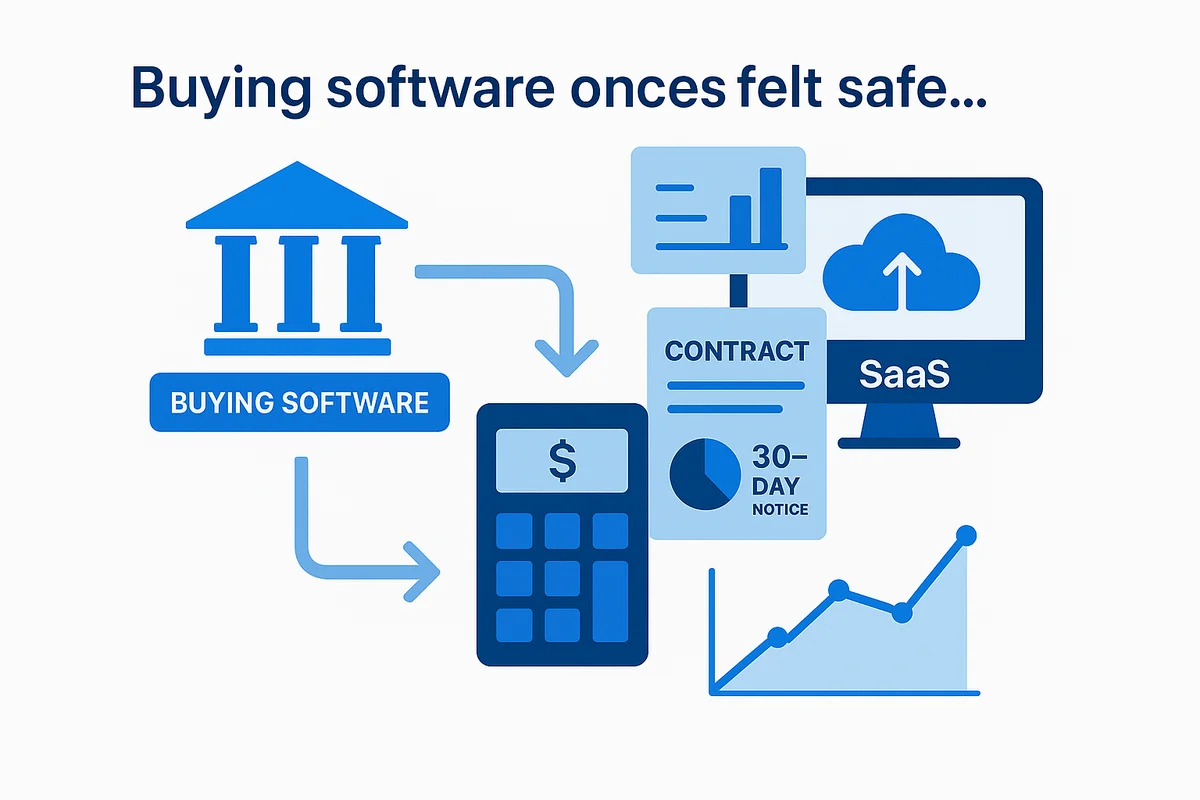
Keeping Pace With Never-Ending Releases
SaaS products change weekly, and that tempo wrecks the old patch-window playbook. Instead of waiting for a quiet Friday night, product owners now watch for feature pushes at any hour. That constant churn makes IT juggle testing, change management, and user messaging in one motion.
The real risk isn’t the speed; it’s the small surprises hiding in every build today.
- A vendor renames a key API version, and your reporting scripts stop working.
- A redesigned navigation bar buries an approval workflow, which doubles help-desk calls.
- A new default privacy setting blocks third-party cookies, so SSO starts to fail.
- Weekly updates drift compliance settings off baseline, putting your SOC 2 evidence at risk.
Unfortunately, none of these changes ever come with a three-month warning.
A SaaS Management Platform turns those scattered drip updates into something you can track. It polls vendor changelogs, posts alerts to Slack, and clones production data into sandboxes so admins can test ahead of time. Atlassian ships more than 1,300 Jira Cloud tweaks each year, yet teams that preview them in a sandbox see nearly 40 percent fewer related tickets, according to its support team.
Release notes should hit ServiceNow or Jira before users notice a UI twist. Link each note to an automated regression run, fire the tests when new code appears, and hold rollout until they pass. Many teams run a “ring zero” pilot group, such as finance this week and marketing next, so feedback arrives in small, steady batches. If something still breaks, the SMP’s tie-in with status pages pinpoints the cause and cuts mean time to resolution.
Continuous delivery itself is not the problem; the real issue is invisible change. Watch, test, and inform in real time, and those Friday surprises fade into ordinary background noise instead of a fire drill.
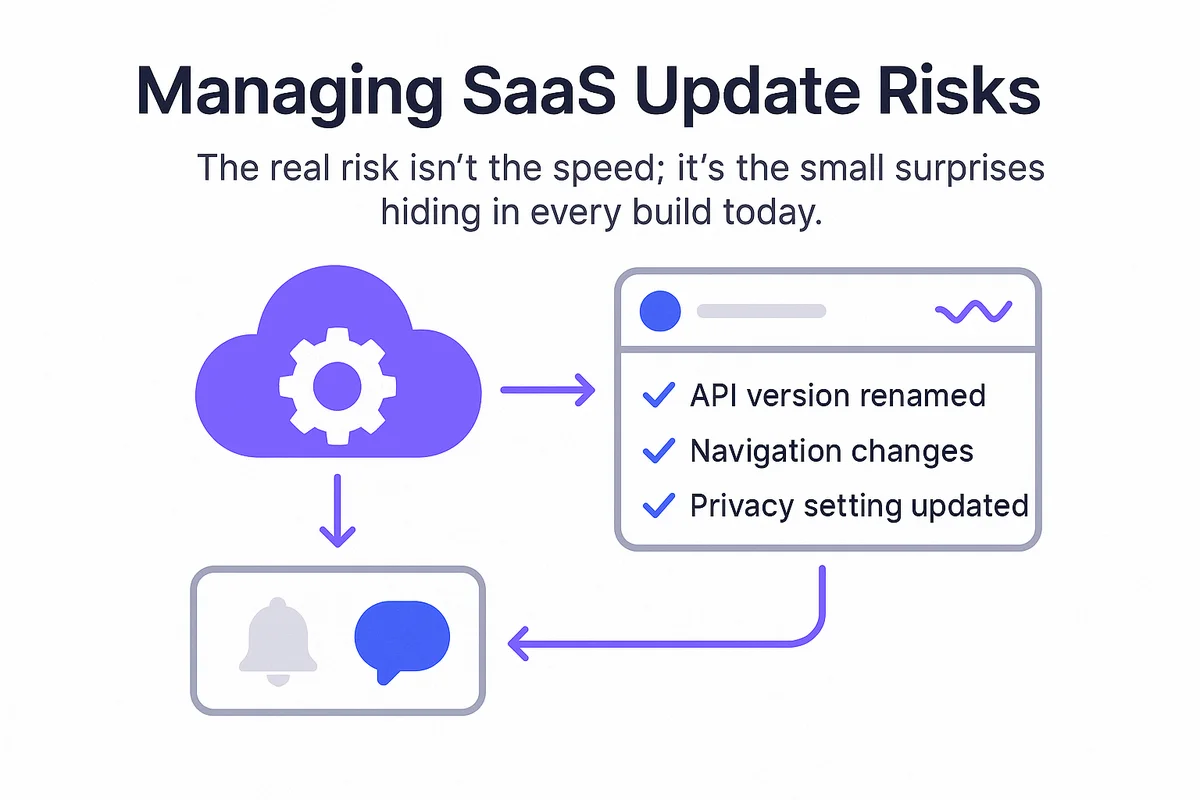
Making Identity the New Security Perimeter
Today, SaaS shifts the security focus from network edges to the login page. When apps sit on the public internet, identity becomes the last gate the company controls, so every permission flaw or stale account creates an open door. Firewalls still help, yet attackers now aim at passwords, OAuth tokens, and forgotten admin roles.
Modern identity stacks lean on a shared kit of common controls. Single sign-on centralizes credentials, SCIM keeps group changes synced, and conditional access blocks risky logins before data moves. Even with those tools, teams stumble without a clear playbook for mapping roles and scopes. Common must-haves include:
- Role matrices for each app that map least-privilege permissions directly to everyday job functions
- Automated provisioning paths that forbid creating local passwords and rely solely on SSO
- Short-lived emergency admin access reserved for production incidents and fully logged for review
- Continuous entitlement reviews triggered by scheduled audits instead of a last-minute scramble before SOC 2 week
Keeping that stack aligned across 200 different SaaS tools is a grind because every vendor hides settings in a new place. Service-desk staff bounce between the Okta console, Jira’s admin panel, and Salesforce Setup while logging each change for compliance. A SaaS management platform removes most of that chair-swivel work. It uses APIs to pull role data, flag accounts missing MFA, and retire licenses once HR marks an employee’s last day. Such platforms often cut off-boarding time significantly because the process runs quietly in the background instead of lingering as a ticket.
Leaving access hygiene for later usually ends up costing real money and reputation. Gartner says 80 percent of SaaS breaches stem from misconfigured or orphaned identities, and the 2022 Uber incident started with a single contractor’s forgotten AWS credential. Industry audits routinely find companies paying for 15 percent more licenses than active users. By automating join-move-leave workflows and enforcing least privilege, IT stays audit-ready, finance gets clean chargeback data, and security finally rests a little easier.
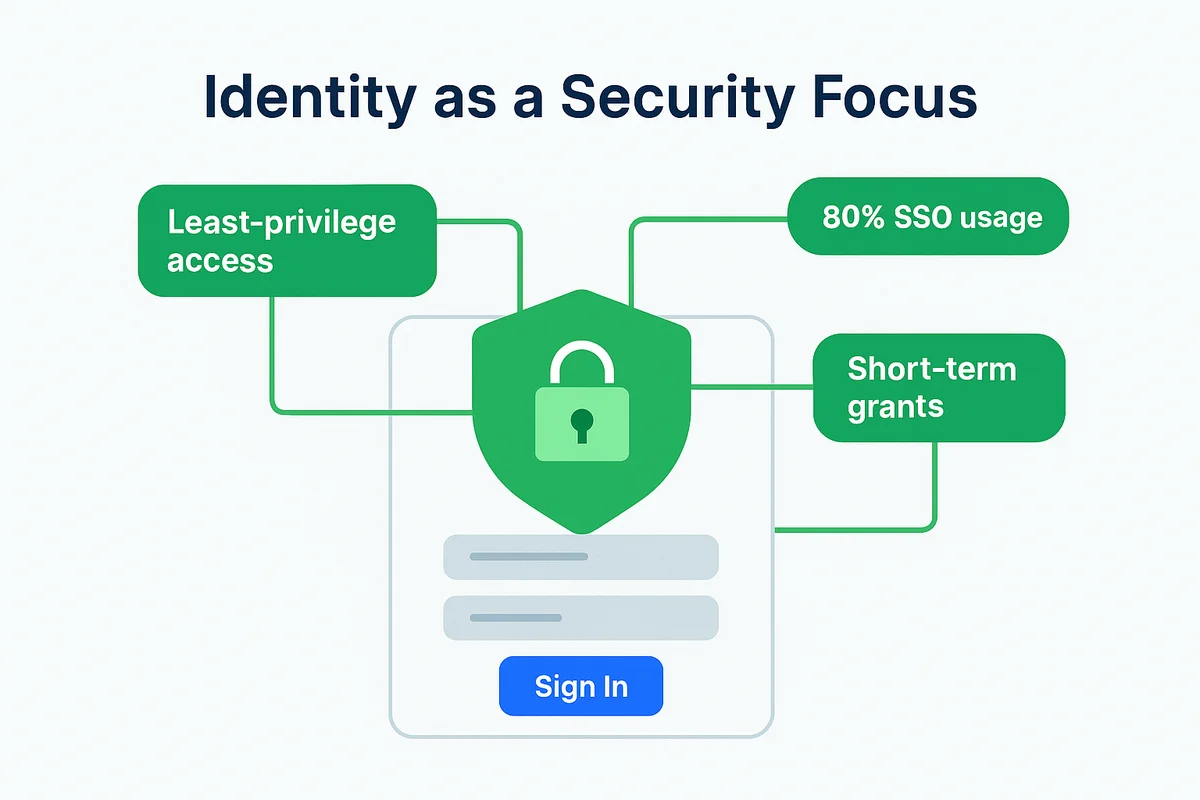
Seeing Clearly Across All Cloud Apps
SaaS data flies across networks you don’t control, hiding critical signals from traditional tools. On-prem log collectors counted on predictable IP ranges and syslog feeds, yet apps like Slack and ServiceNow now push events out of sight behind vendor APIs. Security teams lose context the moment a file leaves the building, and IT often can’t tell which shadow apps store company data.
Reclaiming that lost context starts with a thorough discovery process. A solid SaaS Management Platform crawls every corner where app evidence shows up, then stitches the findings into one catalog. The most reliable signals sit in places finance, security, and IT already touch.
- Browser plug-ins watch login redirects and flag previously unknown domains
- CASB or secure web gateways mirror traffic metadata for sanctioned and unsanctioned tools
- Corporate card feeds expose one-off subscriptions that never hit the help desk
- Vendor APIs add fine-grained activity logs once an app is confirmed legitimate
When these data sources converge, the platform can plot real user adoption against contract limits. It enriches each event with department or location tags and streams everything to the SIEM you already trust.
Real-time dashboards quickly surface anomalies many analysts would otherwise miss. A sudden spike in Dropbox shares from a single branch office can trigger conditional access rules, satisfy GDPR audit trails, and still let the business work. Scheduled reports bundle usage summaries, data residency maps, and SOC 2 evidence so compliance teams don’t hound admins for screenshots.
Push these new insights back into the ongoing governance loops. Deactivate the orphan apps, drill into suspicious uploads, and meet finance half-way with provable usage numbers. Visibility is not about watching every packet; it is about stitching the right clues together before risk turns into headlines.
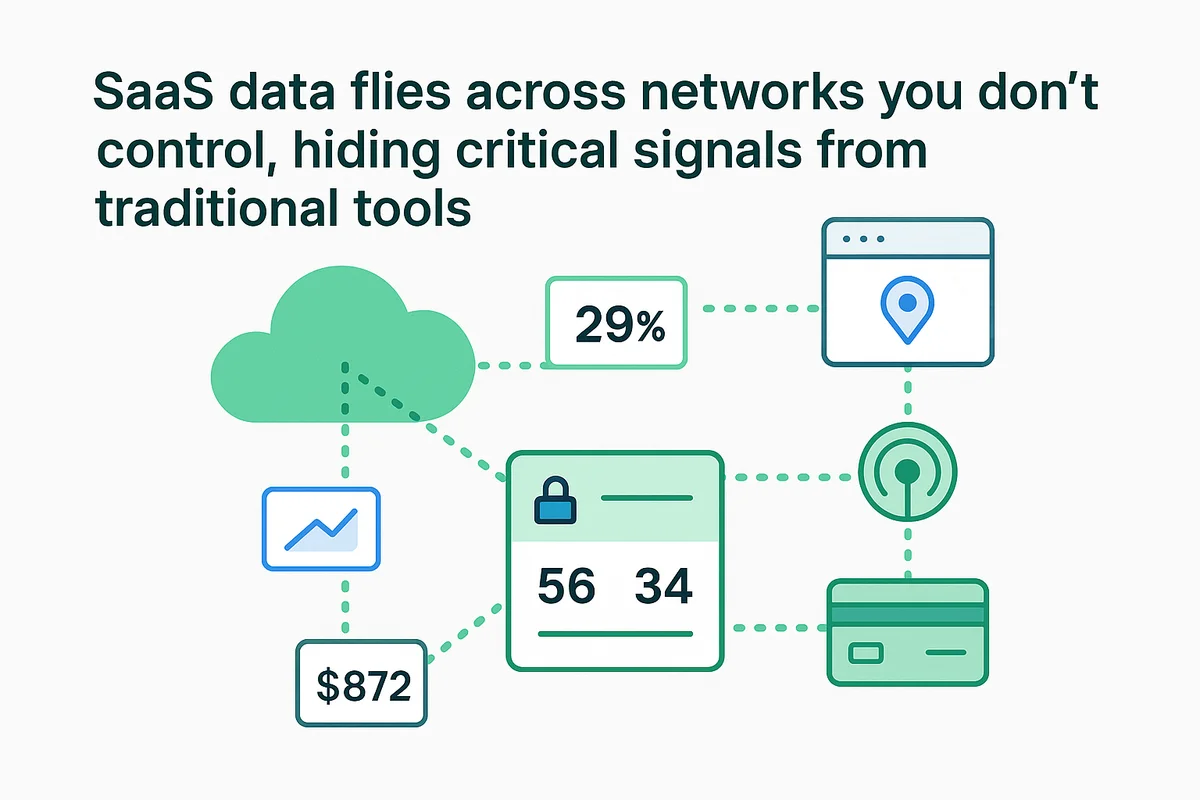
Wrangling SaaS Costs Before They Balloon
SaaS costs feel tame until the credit-card statement shows surprise spikes. Traditional license math was easy: buy once, depreciate for years, sleep at night. Now every app mixes monthly seats, usage tiers, storage add-ons, and automatic “growth” upgrades. Finance teams still can’t pin down burn because renewal dates wander, users churn, and vendors like Slack tack on seats once headcount inches up. One missed cancellation window can wipe out an entire quarter’s savings, yet the invoices still pass through as routine operating expense.
Elastic pricing wouldn’t sting so hard if IT could quickly spot licenses gathering dust. Flexera data shows 33% of SaaS dollars buy seats that sit unused for 90 days or more, and shadow buys push the share higher. Even small shops juggle dozens of contracts, so spreadsheets crack under the load. When a designer clicks into Figma’s Organization plan, the per-editor price leaps; by the time procurement notices, three billing cycles are closed and any refund window has vanished. That surprise now lives on the P&L.
Teams watching the ledger see a handful of budget drains crop up again and again:
- Zombie seats attached to former employees or interns.
- Redundant tools that replicate chat, kanban, or storage already paid for.
- Consumption traps such as video transcription minutes or AI credits that reset each month.
- Automatic tier bumps once API calls, docs, or guest users cross soft limits.
SaaS Management Platforms connect straight to finance systems, HRIS feeds, and vendor APIs to surface those gotchas before they snowball. A dashboard that marries login frequency with unit pricing lets admins shut off idle Zoom hosts in minutes instead of waiting for an annual true-up. Renewal calendars linked to contract clauses send alerts 60 days ahead, giving legal and sourcing time to negotiate or merge. Chargeback modules can even map costs to teams, so engineering sees the real price of keeping eight test environments alive all year.
Greater line-of-sight into licenses and renewals turns directly into working capital. Companies running quarterly rightsizing through an SMP report average savings of 20 percent in year one, according to BetterCloud’s 2023 SaaS Benchmark. That freed cash often bankrolls security projects, proving disciplined license hygiene pays for itself.
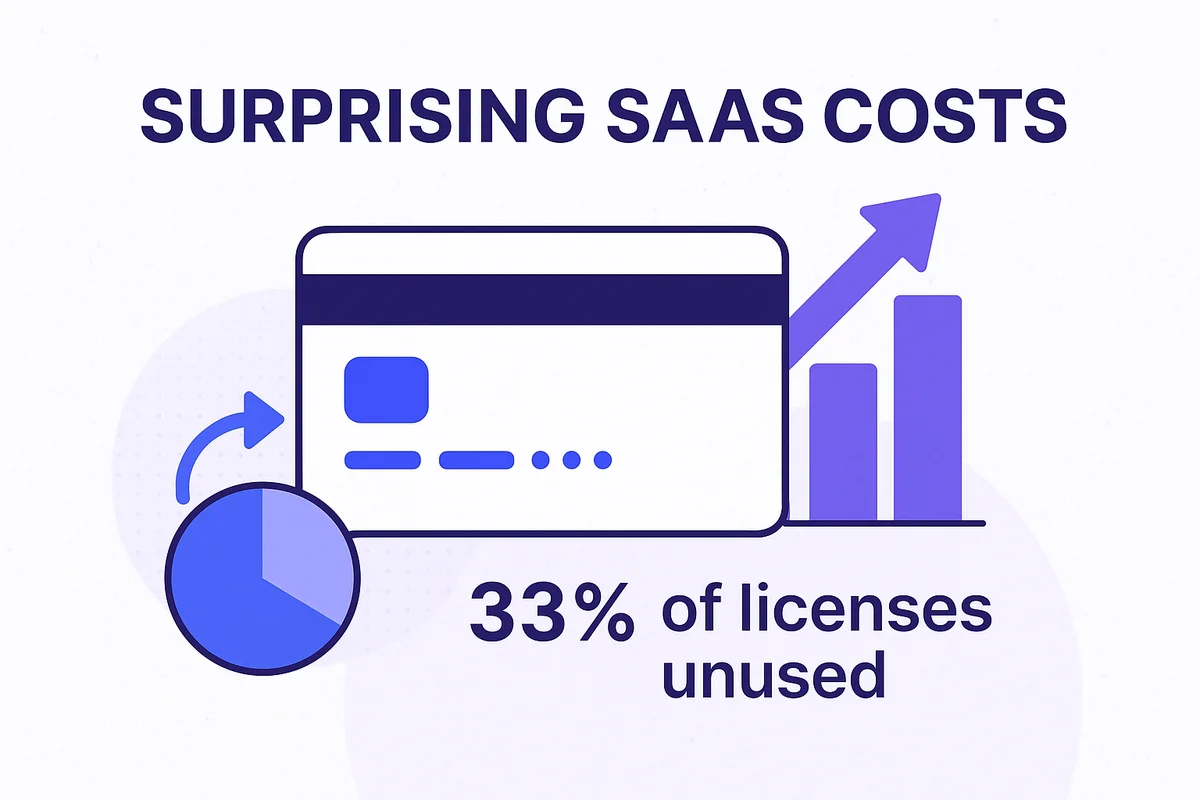
Conclusion
Running SaaS applications calls for different habits than stacking servers in a private rack. We’ve already examined how questions about data ownership, rapid release cycles, and sprawling permissions increase risk outside the firewall. A SaaS management platform gathers those moving parts and keeps them from slipping through the cracks.
When a team can map ownership, detect changes in real time, trim access, and monitor spend, SaaS becomes predictable again. That visibility into control, change, identity, insight, and cost now defines effective SaaS management.
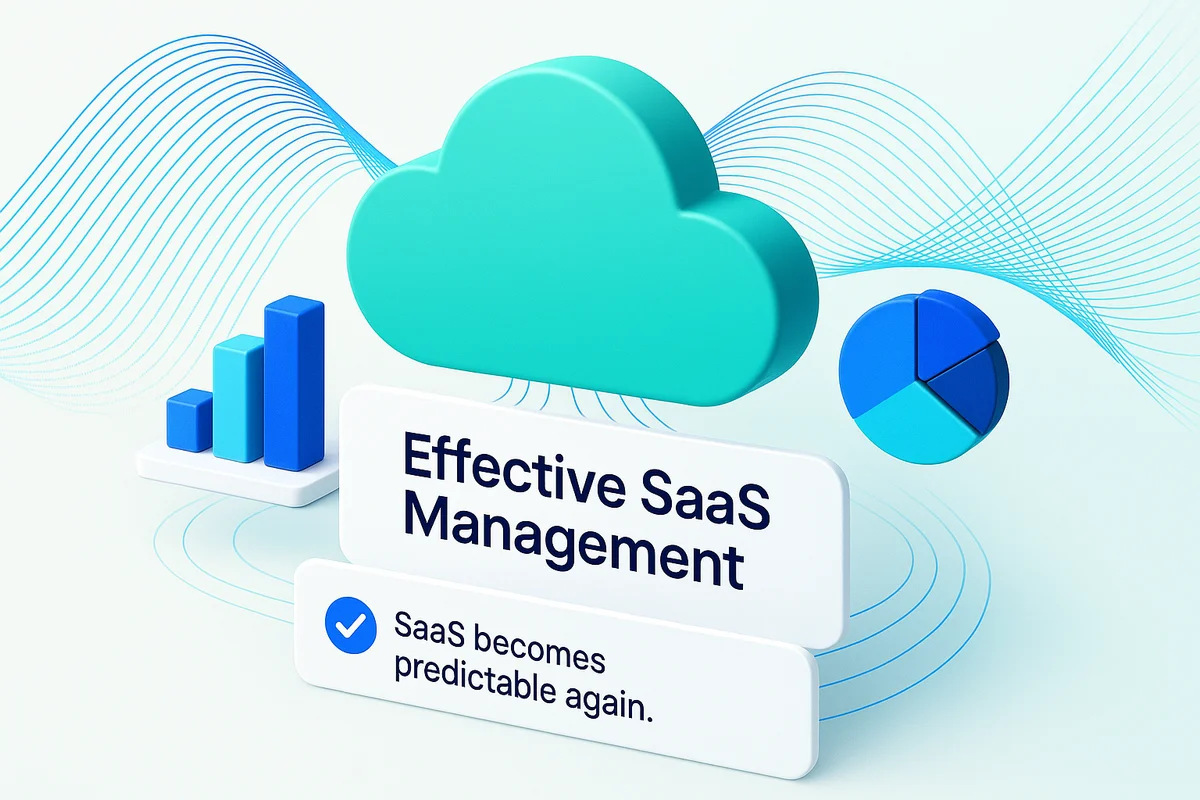
Audit your company’s SaaS usage today
If you’re interested in learning more about SaaS Management, let us know. Torii’s SaaS Management Platform can help you:
- Find hidden apps: Use AI to scan your entire company for unauthorized apps. Happens in real-time and is constantly running in the background.
- Cut costs: Save money by removing unused licenses and duplicate tools.
- Implement IT automation: Automate your IT tasks to save time and reduce errors - like offboarding and onboarding automation.
- Get contract renewal alerts: Ensure you don’t miss important contract renewals.
Torii is the industry’s first all-in-one SaaS Management Platform, providing a single source of truth across Finance, IT, and Security.
Learn more by visiting Torii.
Frequently Asked Questions
Switching to SaaS means companies rent software rather than own it, resulting in operational and financial shifts. Contracts can change rapidly, impacting budgeting and control.
The weekly updates of SaaS products can disrupt traditional IT practices, creating risks with unnoticed changes that may affect usability and compliance.
In a SaaS context, identity management is paramount as it controls access to applications on the public internet, making proper permissions essential to avoid breaches.
Organizations can improve visibility by using a SaaS management platform that aggregates data across applications, allowing teams to monitor usage and detect anomalies.
SaaS cost management challenges include unexpected fees from unused licenses, auto-renewals, and overlapping tools which may complicate budget forecasting.
A SaaS management platform centralizes contract management and compliance documents, streamlining audits and ensuring adherence to data handling regulations.
Effective vendor management is crucial in SaaS as it helps teams negotiate contracts and manage expectations around service levels and data security.

